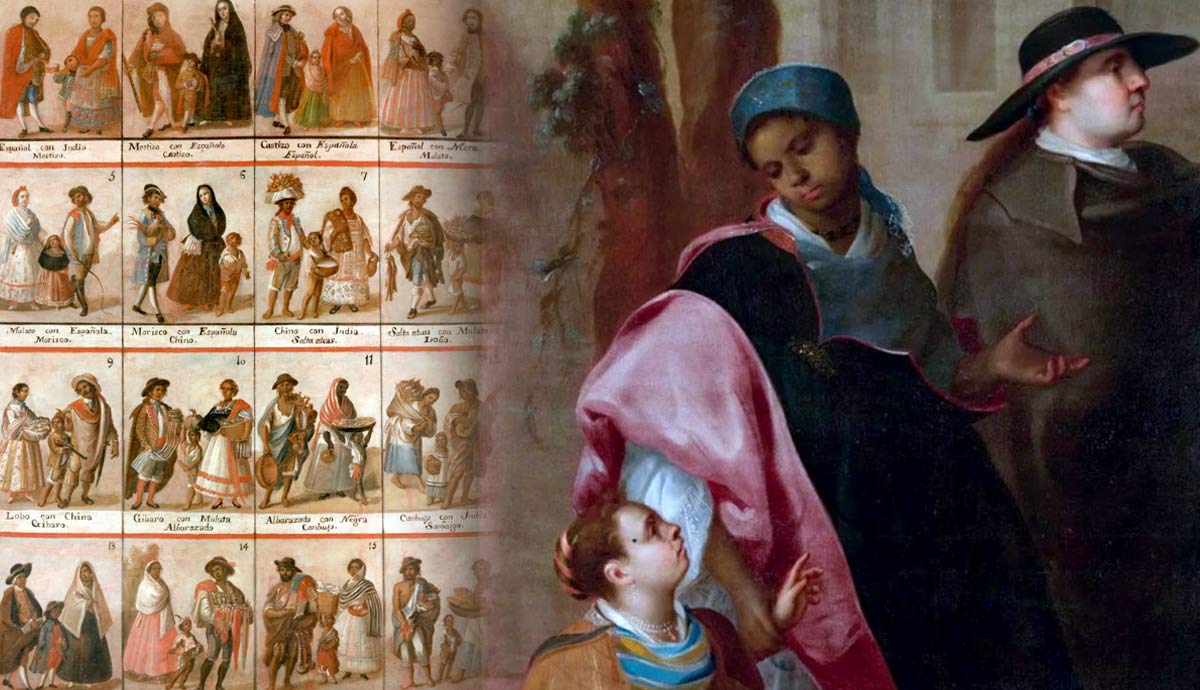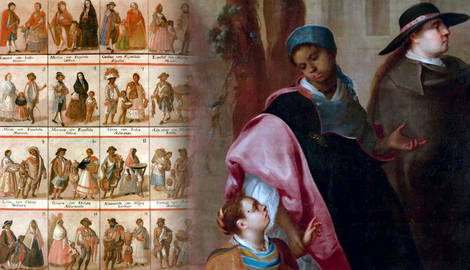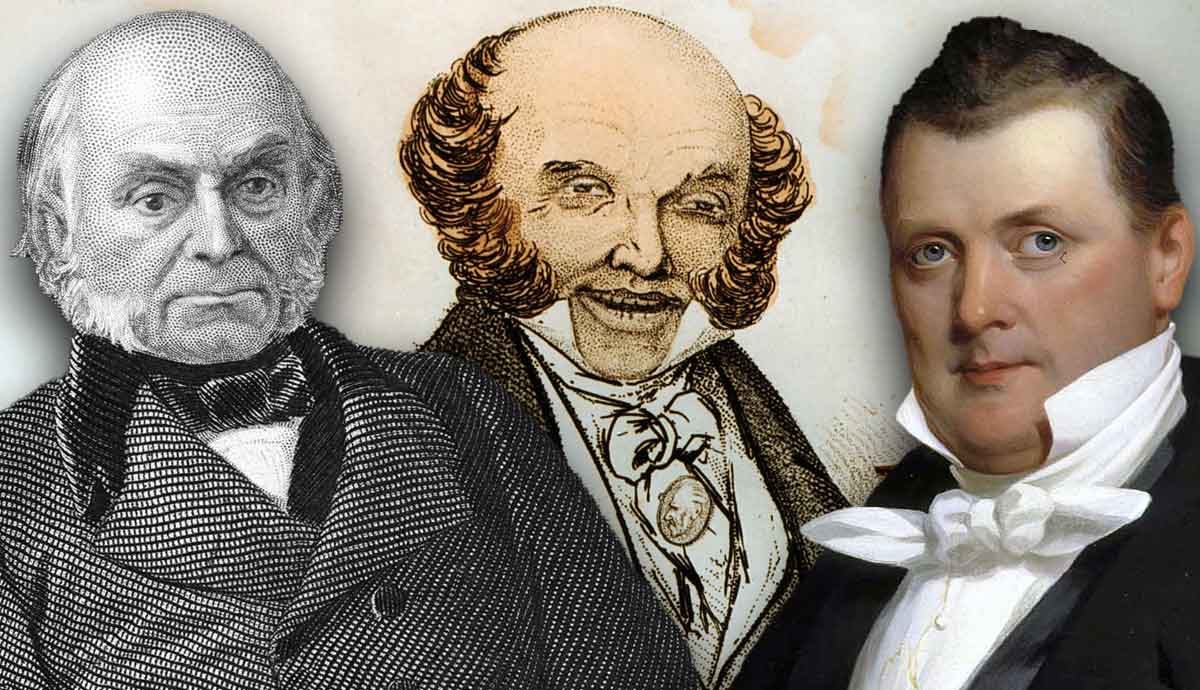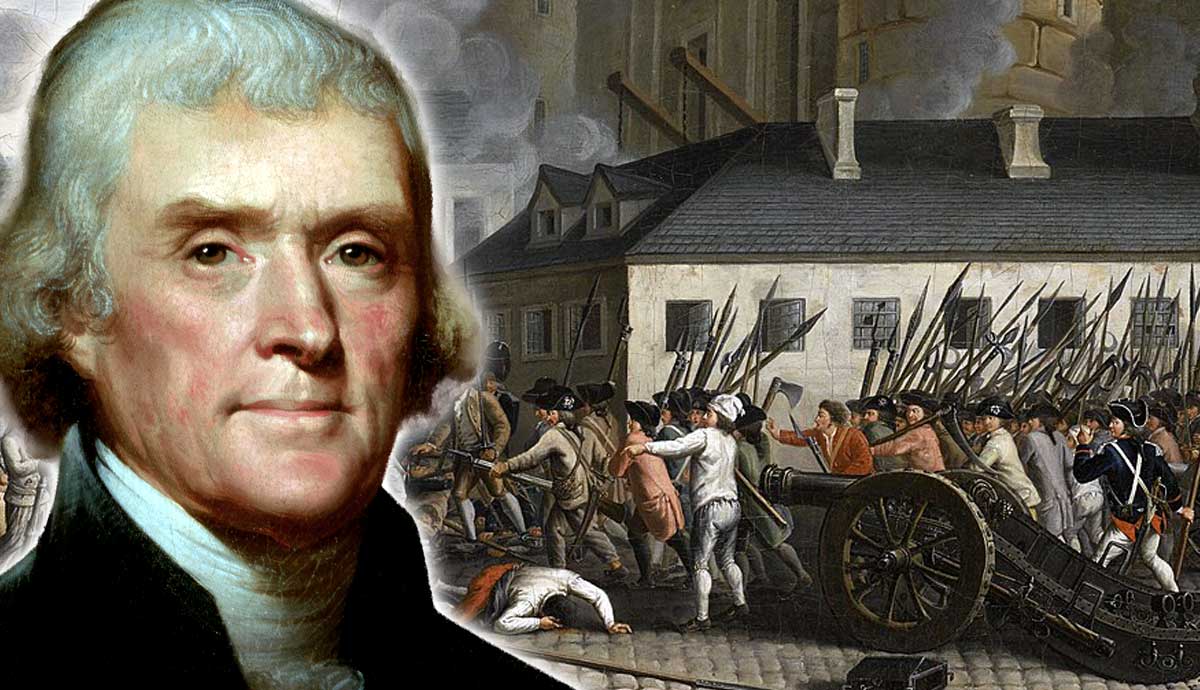
Caste paintings emerged as a product of the complex social and racial hierarchies among European, Indigenous, and Black inhabitants of the Americas following colonization. These cuadros de castas were an attempt to impose racial and socioeconomic categories on Mexico’s increasingly heterogeneous society. Casta paintings highlighted the growing dominance of mestizos—people of mixed Spanish and Indigenous ancestry—in a society where Whiteness was symbolically and practically linked to social mobility. While casta paintings ultimately fell out of fashion, the legacy of mestizaje has important implications for current debates about race, culture, and identity.
Limpieza de Sangre: Spanish Racism in the New World

When the Spanish colonized the Americas, they divided society into two social classes: nobility and everyone else. Indeed, the introduction of hierarchical power structures is Spain’s most enduring legacy in the region. In the Americas, Spanish limpieza de sangre—blood purity, or Whiteness—became the defining characteristic of the aristocracy.
This supremacist power structure was recorded by German natural scientist Alexander von Humboldt towards the end of the colonial period. Of his travels in the New World, Humboldt wrote, “Any White person, although he rides his horse barefoot, imagines himself to be of the nobility of the country.” Accordingly, Indigenous and Black communities were relegated to the status of plebeians.
According to Claudio Lomnitz-Adler, the imposition of racialized social frameworks was not a Spanish invention exclusive to the Americas—rather, it represented a transposed European ideology of blood purity, where an absence of Jewish or Muslim blood defined a Christian’s value and role within Spain’s hierarchical society. In other words, it was an ideological continuation of the Spanish Inquisition in colonial Mexico. By tying race to class, the Spanish colonial government enforced its social power and exercised full control over access to resources, rights, and socioeconomic opportunities in the Americas.
Defining Mestizaje, Categorizing Race

Around the time of the Mexican War of Independence, a large group of racially mixed people emerged in Mexico—the result of increased intermarriage among the region’s three racial groups. By the end of the 18th century, approximately a quarter of Mexico’s population was made up of people with mixed ancestry. In response, Spaniards and criollos (Spaniards born in the Americas) created castas to distinguish themselves from other communities based on Whiteness.
The increasingly heterogeneous characteristics of 18th-century Mexico challenged Spanish beliefs about blood purity and power, leading the aristocracy to create exaggeratedly complex castas designations to categorize human racial diversity. In addition to terms like mestizo (Spanish-Indigenous), mulato (Spanish-Black), and zambo (Black-Indigenous), Mexico’s racial lexicon also included terms alluding to multi-generational mixing and ambiguity—for example, the racial category no te entiendo (I don’t understand you). By the end of the 18th century, racial taxonomies listing between fourteen and twenty mixtures were commonplace.
According to historians like William Taylor and María Elisa Velázquez, the concept of race in 18th-century Mexico extended beyond skin color to include socio-economic status, culture, and family relationships. Despite Spanish ideas about blood purity as a prerequisite for power, many White elites with Indigenous ancestry nonetheless maintained their high socioeconomic status. As such, the European push to visualize and categorize racial stratification can be understood as an attempt to justify colonial beliefs about power and control in an increasingly mixed society—albeit in ways that were fundamentally incompatible with reality.
Castas and Race in the European Imaginary

In addition to maintaining hierarchies of power, the Spanish obsession with the impossible task of classifying racial mixing represents mainstream European thought and its interest in categorization based on observation. Prior to the conquest of the Americas, Western ideas about who inhabited the world’s faraway lands mostly revolved around monsters, pygmies, and mythological creatures. In the wake of the colonial period, European fascination with the characteristics of people, flora, and fauna in the New World drove demand for information and materials about different castas and their customs. As a result, casta paintings from Mexico became popular imported artifacts in the galleries and halls of European nobility.
The first casta paintings to arrive in Spain depicted the exoticism and natural abundance of the Americas—both common themes in the European imagination. Concerned with how they were perceived abroad, the authors of many early examples of casta paintings took great care to fill their works with details conveying the colony’s immense wealth. Clothing held particular significance for early casta painters, who chose to depict nearly all racial groups in luxurious dress—regardless of their socioeconomic status. This desire to emphasize wealth and abundance in the colonies represented the Mexican aristocracy’s need to negotiate with the European imaginary, as opposed to Mexican society itself.
In contrast to early examples, casta paintings produced after 1750 deprioritized depictions of colonial wealth across all sectors of society. Instead, later series used clothing to differentiate between socioeconomic classes, likely reflecting the Mexican elite’s concern with maintaining stratified power hierarchies in an increasingly heterogeneous society. Given that a person’s status and access to resources were determined by their race, increased racial mixing threatened to overrun colonial power structures. As a result, post-1750 casta paintings used clothes to connect race with socioeconomic status, representing a shift towards the prioritization of the Mexican aristocratic gaze over European perceptions.
Scientific Racism in 18th-Century Mexico: Limits & Implications

The terminologies and depictions that emerged from the casta system in the mid-17th century were reflections of the basic colonial principle that Spanish or White blood was superior. In the European worldview, categorization was necessary to emphasize White supremacy over Black and Indigenous peoples—viewed as regressed versions of human development. Known as scientific racism, this strategy sought to establish a link between a person’s biology and their socioeconomic status. Nevertheless, changing demographics in the Americas made it increasingly difficult to assign status solely based on race.
In 18th-century Mexico, racial mixing and resulting shifts in wealth distribution blurred the boundaries of a society previously stratified according to race. Increasingly, individuals could transition from one racial or social category to another. Families from previously low-ranking racial classes began to accumulate significant wealth, entering elite society through the purchase of certificates of legal Whiteness known as gracias al sacar. By the end of the 18th century, Spanish blood was no longer an exclusive guarantee of superior social standing.
Unsurprisingly, elite members of 18th-century Mexican society frequently manipulated racial identities for pragmatic reasons. For example, higher-status individuals with mixed racial backgrounds often chose to emphasize their distant Indigenous ancestry to evade tribute payments, using symbols like clothing, hairstyle, and language to bolster their claims of Indigeneity. On the other hand, some Black people adopted Indigenous or Spanish customs and identity markers to distance themselves from their African ancestry and elevate their social status.
Ultimately, the erosion of race-based socioeconomic indicators generated significant anxiety among Mexico’s White elites, who feared losing control of the population and their privileged position in society.
From Mestizaje to La Raza Cósmica: Latinx Identity in the 21st Century

The emergence of casta paintings can be understood as a visual manifestation of aristocratic anxiety about loss of power and control—an attempt to avoid the cognitive dissonance of European beliefs about race while creating order out of an increasingly diverse society.
As mixed-raced people increasingly gained power in 18th-century Mexico, White Spaniards and criollos alike sought to remind both the Spanish Crown and Mexican society that the rules still applied. Further, by placing Spaniards at the top of stratified social categories, they sought to reinforce the supremacy of Whiteness and normalize social hierarchies as part of the natural order of things.
While the casta paintings and their corresponding categories eventually fell out of mainstream use, they left an enduring legacy that continues to influence sociopolitical and cultural dynamics in the present day. The concept of mestizaje or racial mixing, which frames Latinx identity as a blend of European, African, and Indigenous racial and ethnic groups, is commonly used to describe Latin American society in the 21st century.
For instance, Mexican philosopher Vasconcelos incorporated mestizaje into his famous 1925 essay La Raza Cósmica (The Cosmic Race), in which he argued that a new race would emerge in the wake of European colonization. This new race, according to Vasconcelos, would one day build a new civilization known as Universópolis. During a speech to the National Council of La Raza in 2008, Senator Barack Obama invoked la raza cósmica, calling it “a term big enough to embrace the notion that we are all a part of a greater community.”

However, concepts like mestizaje and la raza cósmica have been heavily criticized by several Indigenous and Black activists from Mexico and other parts of the Americas. These activists point to an enduring legacy of European hegemony that fails to acknowledge the preservation and resilience of unique Afro-Latino and Indigenous identities.
According to activist and educator Dash Harris, appeals to the value of one race emerging from a geographic region made up of more than 20 nation-states encompassing hundreds of ethnolinguistic identities are impractical and inevitably center Whiteness at the expense of other racial categories.
Harris points to language and policies enacted at the political level to “improve the race” as dangerous modern-day manifestations of the casta legacy, where Indigenous identities are erased and “Black identity is collateral damage in White Latin American nation-building.” For Harris and other activists, acknowledgement of the diversity and resilience of Black and Indigenous cultures in the Americas is long overdue.
The Legacy of the Cuadros de Castas

In the present day, Mexico’s population reflects its long history of settler-colonialism, displacement, and complex racial politics. While casta paintings fell out of style long ago, the legacy of mestizaje continues to impact discussions by politicians and philosophers about who and what kind of citizens belong in the State.
The push to organize society according to racial hierarchies defined by proximity to Whiteness remains deeply rooted in the racist anxieties of Spanish and criollo elites. Nonetheless, Black and Indigenous communities continue to disrupt Euro-centric frameworks of power and control by defining themselves outside of terms like mestizo or Latino and emphasizing diversity over hierarchical assimilation.










